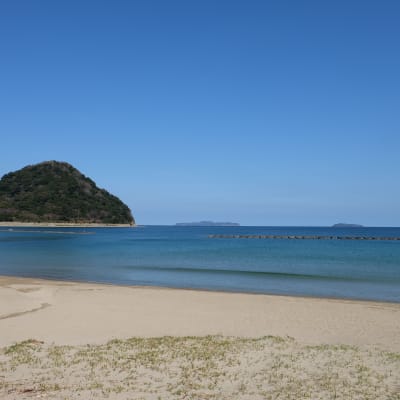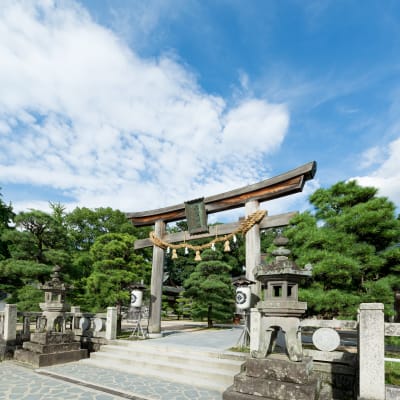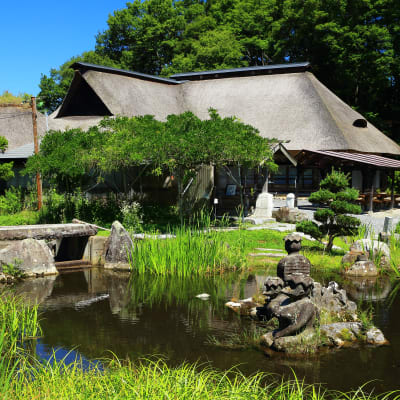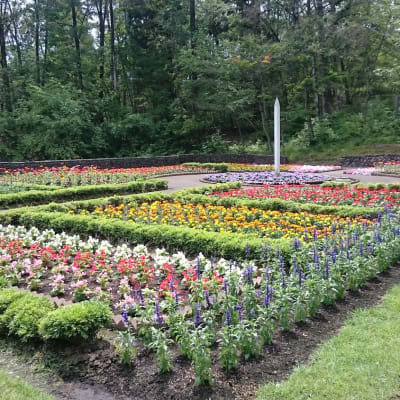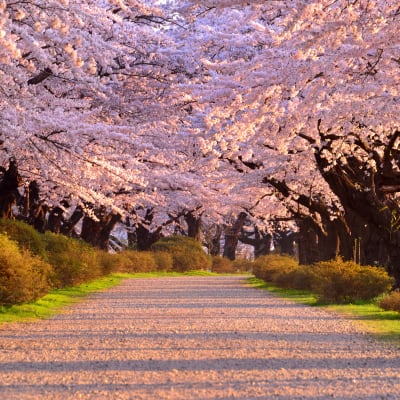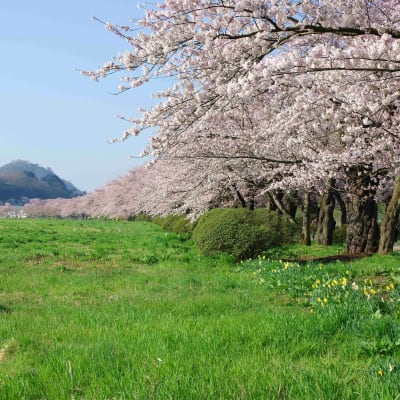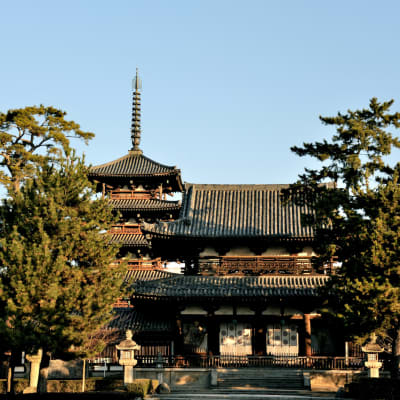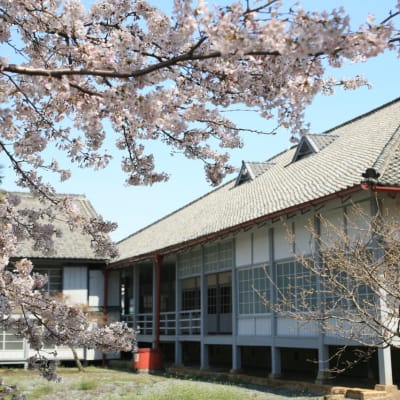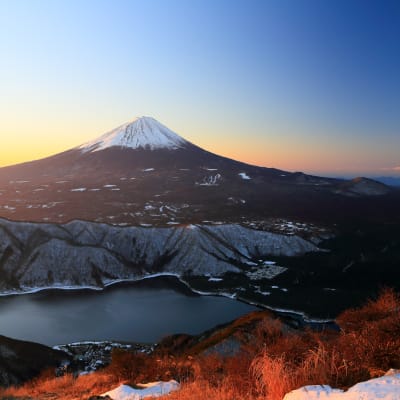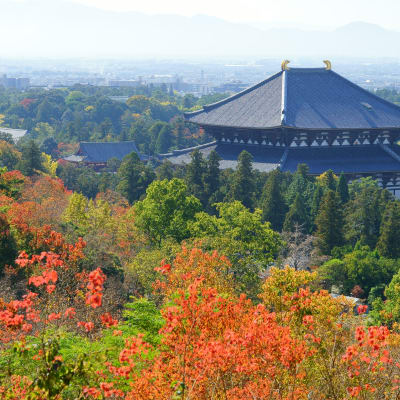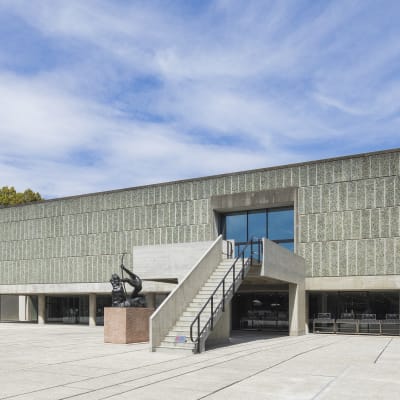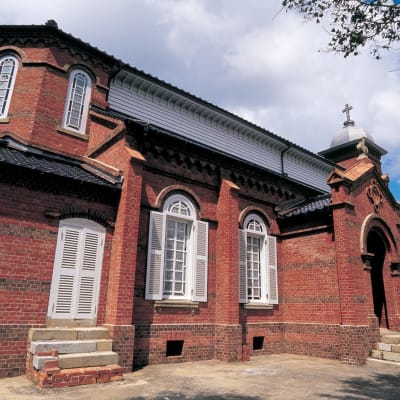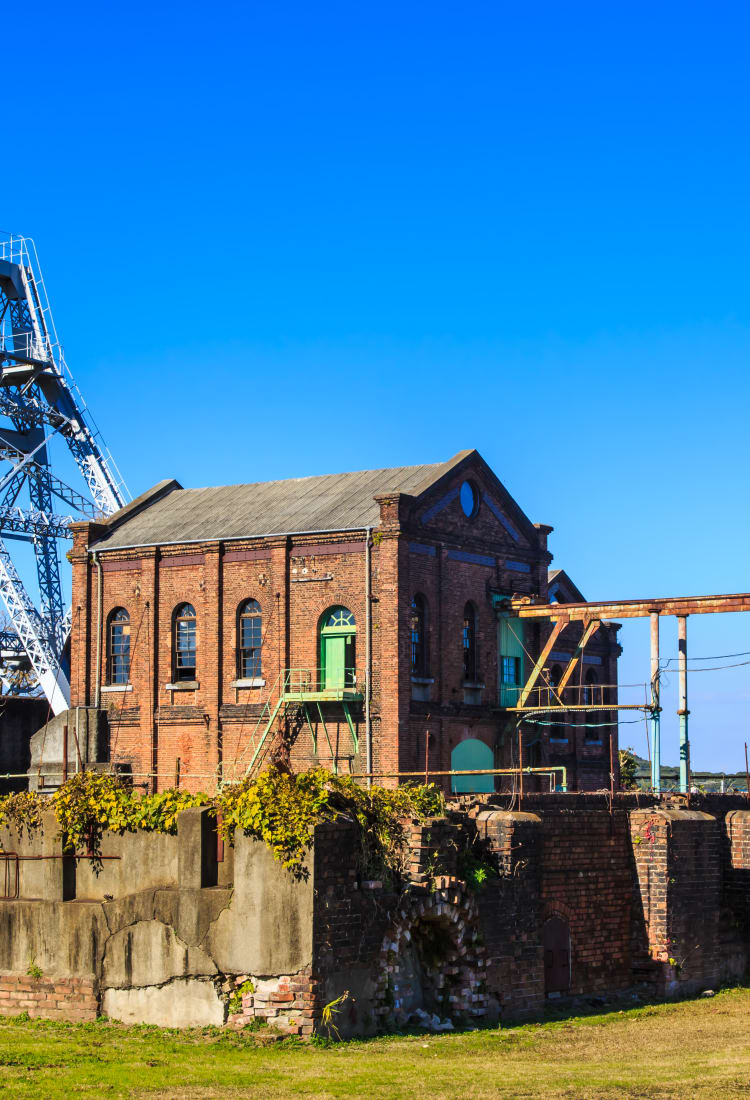

Sites of Japan's Meiji Industrial Revolution: Iron and Steel, Shipbuilding and Coal Mining (UNESCO) See how Japan transitioned from a feudal state to a modern society
Journey to the sites that played a crucial role in Japan's modern development
From the 1850s to the early 1900s, Japan underwent a rapid transformation from a feudal society that was closed to the outside world to an industrial country with a navy capable of defeating the Russian fleet in the Russo-Japanese War. In an era characterised by Western colonialism and imperialism, it was unheard of for a non-Western country to achieve such rapid and advanced industrialisation.
The World Heritage sites of Japan's Meiji Industrial Revolution comprise 23 locations centered in Yamaguchi Prefecture and the Kyushu Region. Visiting each site, you'll learn about Japan's rapid development of industrial shipbuilding technologies, coal mining, and the institutions and ideas that helped propel the country forward during this radical period.

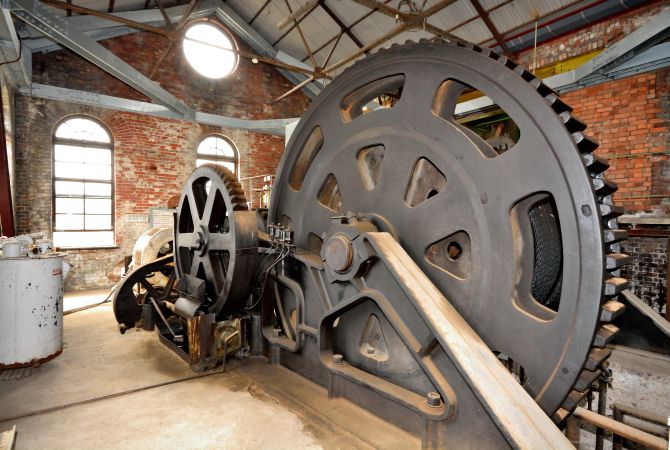


Highlights
- Exploring the charming town of Hagi in Yamaguchi Prefecture while learning about the fascinating journey of the Choshu Five
- A trip to the island of Hashima off the coast of Nagasaki, where you'll find the eerie remnants of a Meiji-era coal mine
- Visiting the oldest slip-dock in Japan, and the well-preserved residence of its facilitator, Thomas B. Glover
The founding fathers of modern Japan
The central political philosophies that led to Japan's modern development originate with the Choshu Five, a group of students who studied abroad. They were young Choshu samurai who left Japan in 1863, when travel was banned, to study in Britain. They returned to Japan to hold major roles in transitioning the country into a modernized nation. One of the five, Hirobumi Ito, went on become Japan's first prime minister in 1885, establishing a cabinet and writing a constitution.
The five students came from the samurai Choshu Family, based in the Choshu Hagi Domain , (present-day Yamaguchi Prefecture ). Today, the town has several sites designated as part of this world heritage, including the Hagi reverberatory furnace, the Ebisugahana shipyard, and Shokasonjuku Academy .

Ebisugahana shipyard


Shokasonjuku Academy
Coal, ships, and heavy industry
In the west of Kyushu, the city of Nagasaki is home to several notable Meiji era (1868-1912) ruins.
Visit the Kosuge Slip Dock to see preserved Western-style slip dock in Japan, along with the country's oldest existing brick building (erected in 1869). The dock was imported from Aberdeen, Scotland as part of a joint venture with the merchant Thomas B. Glover. Glover's residence in Nagasaki is also one of the World Heritage sites and is known as the oldest surviving Western-style house in the nation.

Mitsubishi Heavy Industries, Ltd.
Eighteen kilometers from the city is the island of Hashima , also known as Gunkanjima , a now uninhabited island that served as a coal mine from 1890 to 1974. The well-preserved buildings and facilities opened to the public in 2009, welcoming visitors via ferry.
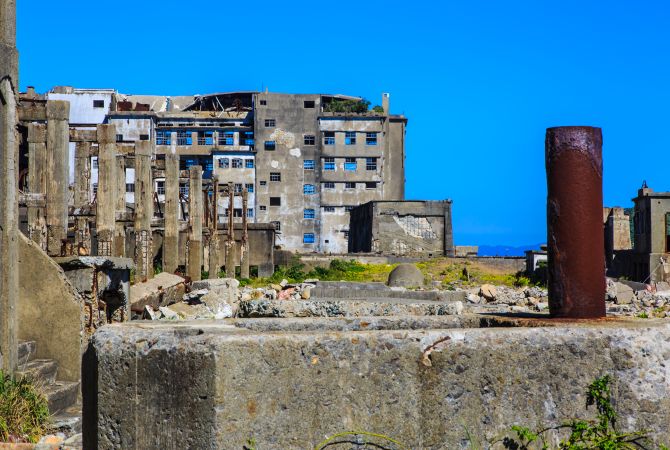

Gunkanjima
Perhaps Nagasaki's most notable Meiji-era heritage site is the Mitsubishi Nagasaki Shipyard, where you'll find structures from the 1900s, such as No.3 dock (not open to the public), crane, giant cantilever crane (not open to the public), a former wooden pattern factory, and Senshokaku (not open to the public). While many of the structures are not presently open to the public, you can visit the pattern shop with an advanced reservation.
To the cradle of modern steel production
While most of the sites associated with the Meiji era are located in Yamaguchi Prefecture and Kyushu, Iwate Prefecture (in northeastern Japan) is home to the Hashino Iron Mining Site. This 19th-century ironworks showcases the beginnings of modern Japanese iron manufacturing in the 19th century, when, in the absence of Western information, native technology was applied and blast furnaces were developed using only Dutch publications. To reach the Hashino Iron Mine, take the JR Tohoku Shinkansen from Tokyo to Morioka . Change at Shin-Hanamaki Station for the Kamaishi Line and disembark at Kamaishi Station; the journey will take roughly 5 hours. From Kamaishi Station, take a taxi to Hashino Iron Mine (60 minutes).

Hashino iron mine
How to Get There
The sites associated with Japan's Meiji-era industrialization are centered in Yamaguchi Prefecture and Nagasaki.
From Tokyo, Osaka, and Fukuoka, the city of Yamaguchi is accessible via the Tokaido-Sanyo Shinkansen. Ride the Nozomi train to Shin-Yamaguchi Station. From there, a rental car or taxi will take you to Hagi City and places associated with the World Heritage Site.
To reach Nagasaki, take the Tokaido-Sanyo Shinkansen to Hakata, and transfer to the JR Limited Express Kamome. Upon arriving at Nagasaki Station, you can take a tram, bus or taxi to get to nearby attractions.
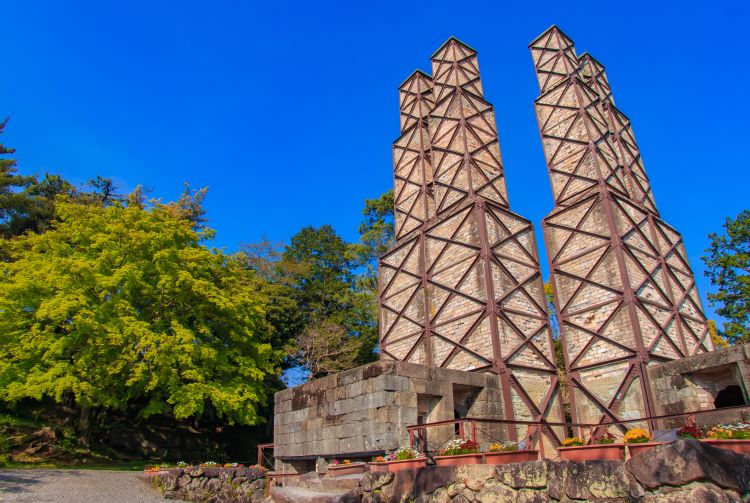
Nirayama Reverberatory Furnaces
























































